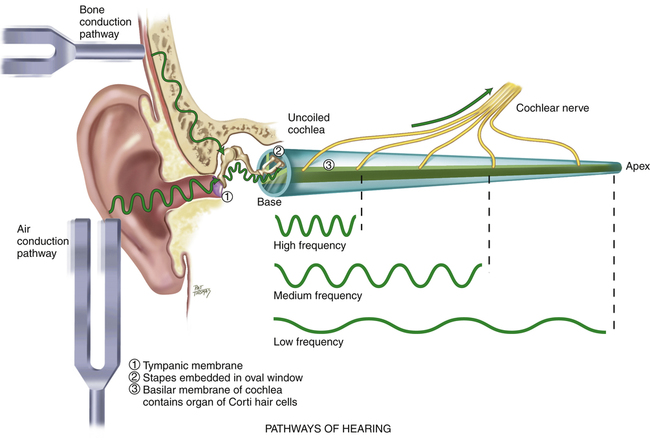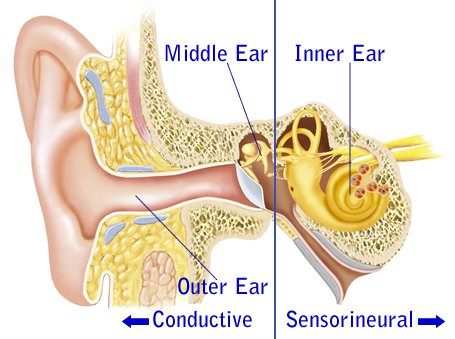
We assumed that the section of the bony ear canal in the Matlab procedure calculationĭICOM datasets of the temporal bone HRCT were imported into MIMICS 15.0 software. The EAC is an S-shaped osseo-cartilaginous structure, but it could be elliptical or irregularly shaped in certain layers of the sagittal plane. First, we observed the shape of the external auditory canal, presence of cholesteatoma and development of the middle ear. We selected stenotic EACs based on clinical data and operation notes for further analysis. Digital imaging and communication in medicine (DICOM) Sagittal reconstruction measurementĭICOM datasets of the temporal bone HRCT were imported into the MIMICS 15.0 software. HRCT images were reconstructed with 0.75-mm-thick sections at 0.5-mm increments. We included patients with CAS who underwent meatoplasty in our hospital, and excluded patients with acquired aural stenosis, history of otological surgery, temporal bone fibrous dysplasia, and benign and malignant tumors in the EAC.

Patients with CAS who underwent temporal bone high-resolution CT (HRCT) examination at a tertiary referral hospital were enrolled.

The present article describes a new measurement method for EAC, especially in CAS, using sagittal reconstruction, 3D-rendered, and Matlab procedure calculations. However, sagittal reconstruction still cannot avoid the impact of curvature. Chawla believes that sagittal reconstruction is the most useful image in defining the involvement of the anterior, posterior, and inferior walls by the EAC cholesteatoma. The non-uniform measurement methods did not apply to the development of the future precision otology technology. There is also a certain degree of curvature, so, measuring the bony ear canal opening in coronal CT may not reflect the degree of CAS. In certain layers of the sagittal plane, it may be elliptical. The EAC is not a perfect cylinder there are three forms of bony ear canals: funnel, trumpet, and cylindrical shaped. Besides, one study measured the EAC opening, , ]. Another method uses binocular microscopy and aural speculums measuring between 0.5 and 7 mm, the EAC could comfortably accommodate one size speculum, and this size is the narrowest segment of the EAC. The classical method is to measure the bony ear canal opening using a coronal CT, but Cole and Jahrsdoerfer did not describe this method in detail. In the same patient, different methods would lead to different values.
#AURAL VS AUDITORY HOW TO#
To date, no study gives clear instructions on how to measure the EAC diameter. The precise measurement of the EAC in CAS is critical for the next consultation. Once cholesteatoma occurs, further treatment should be carried out, including meatoplasty. This diameter was chosen because no patient with canal opening larger than 4 mm developed cholesteatoma. Anything that requires moving around, instant feedback, and touch will work wonders for the kinesthetic learners.Congenital aural stenosis (CAS) is defined by Cole and Jahrsdoerfer as an external auditory canal (EAC) with a diameter of 4 mm or less. They are typically considered restless learners, since they need to keep their brains AND hands busy in order to function at their best. They’ll enjoy dissecting a frog in science, role playing, and field trips. Kinesthetic learners are those who enjoy some hands-on experimentation or lab work to help them fully comprehend the information in front of them. Information is best absorbed by visual learners through anything that they can use their eyes to take in. They love diagrams, charts, pictures, and images that they can use to store in their memory to enable them to remember pictures, places, and other things that may be of importance.

Visual learners like to have something they can see.

They do well listening to lectures on tape or by participating in verbal discussions and debates. They are easily distracted, but when it comes to studying, they will easily focus on any audible information that they can gather and retain. They enjoy listening to music, hearing rhymes and rhythm, and tend to talk while they write and discuss their information with others in study groups. It’s important to understand that everyone has a different way of learning, and by understanding your learning style, you will be able to better approach the way you train your brain to learn!Īuditory learners do best with information that they can hear. Perhaps finding opportunities to dissect frogs or plants are more fulfilling and memorable to you than a lecture given by your teacher. You may find that you do better at writing down material than you are listening to it, or perhaps you love getting down and dirty. There are many different learning styles out there.


 0 kommentar(er)
0 kommentar(er)
